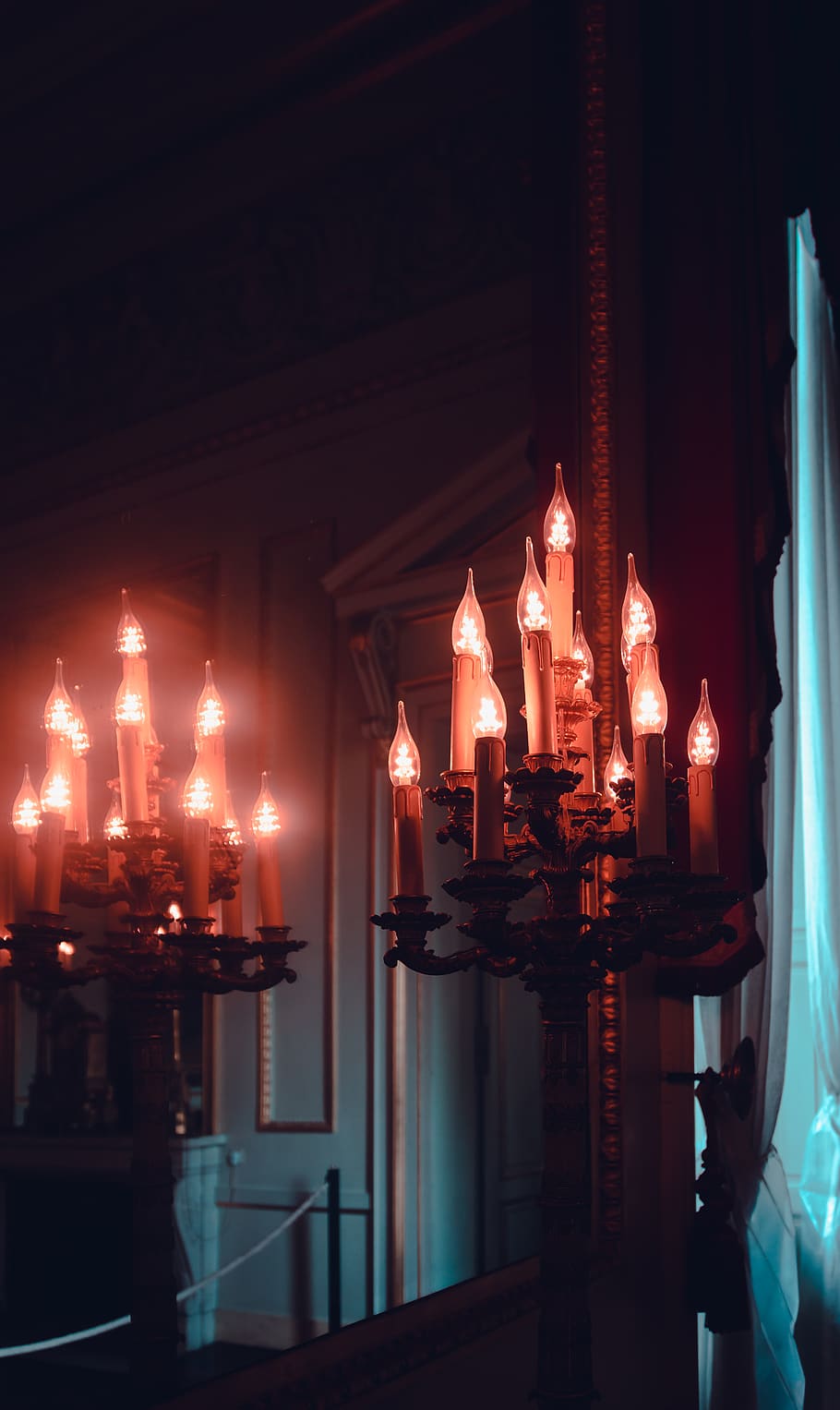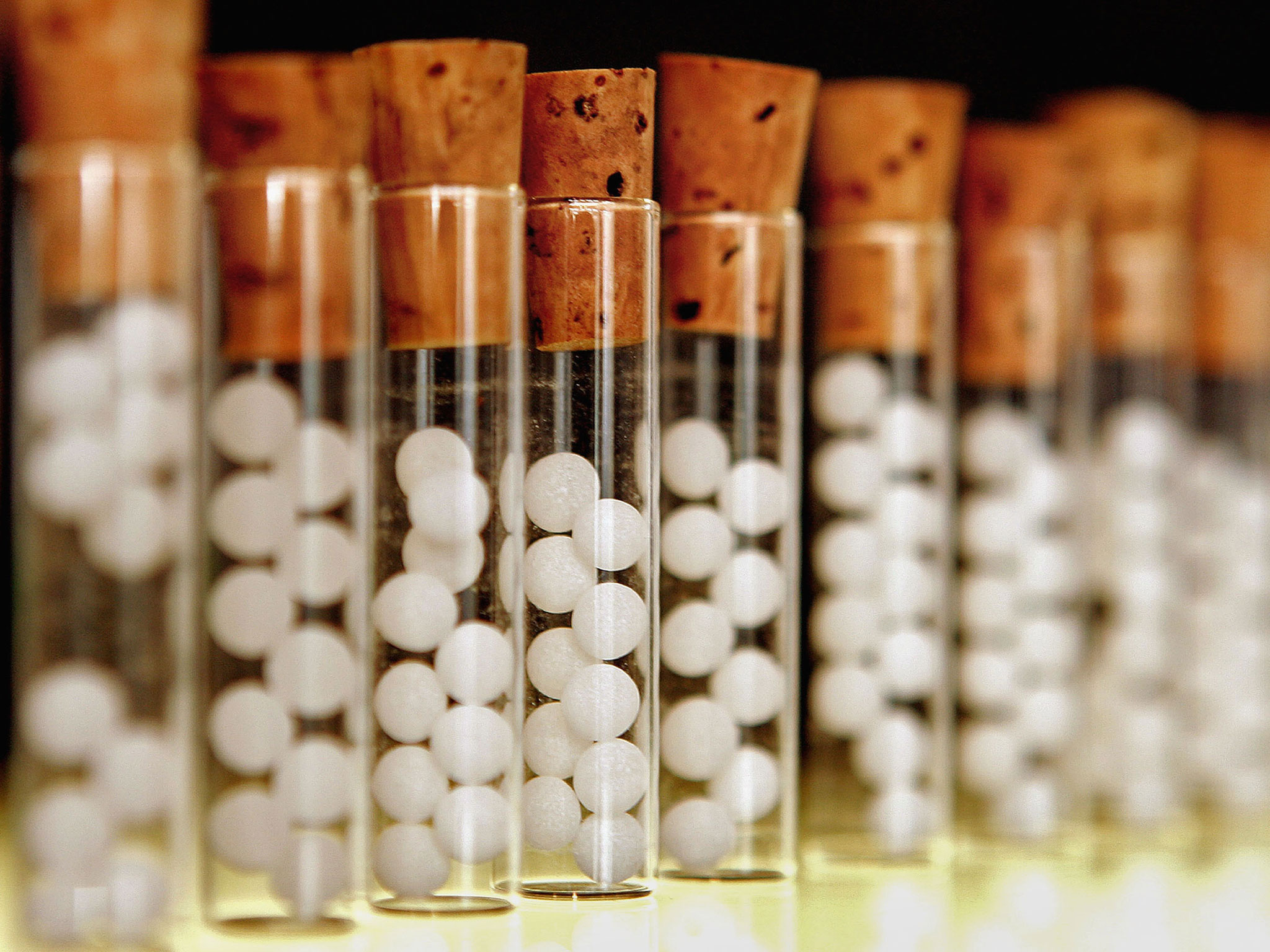Before we enter Yoga Sutra 32 let’s understand – Samyama.
I HAVE been told that traditionally there are two schools of thought in Germany.
The industrial, practical northern part of the country has this philosophy: The situation is serious but not hopeless. In the southern part of Germany, more romantic and perhaps less practical, the philosophy seems to be: The situation is hopeless but not serious. If you ask me, then the situation is neither – neither is it hopeless nor serious. And I am talking about the human situation.
The human situation looks serious because we have been taught and conditioned to be serious, for centuries. The human situation looks hopeless because we have been doing something with ourselves which is wrong. We have not yet found that to be natural is the goal, and all the goals that we have been taught make us more and more unnatural.
To be natural, to be just in tune with the cosmic law, is what Patanjali means by samyama. To be natural and to be in tune with the cosmic law is samyama.
Samyama is not anything forced upon you. Samyama is not anything that comes from the outside. Samyama is a flowering of your innermost nature. Samyama is to become that which you already are. Samyama is to come back to nature. How to come back to nature? And what is human nature? Unless you dig deep within your own being, you will never come to know what human nature is.
One has to move inwards; and the whole process of yoga is a pilgrimage, an inward journey. Step by step, in eight steps. Patanjali is bringing you home. The first five steps – yam, niyam, agan, pranayam, pratyahara – they help you to go deep in you beyond the body. The body is your first periphery, the first concentric circle of your existence. The second step is to go beyond the mind. The three internal steps of dharana, dhyan, samadhi, lead you beyond the mind.
Beyond the body and beyond the mind is your nature, is your center of being.
That center of being Patanjali calls, seedless samadhi – kaivalya. That he calls to come face to face to your own grounding, to your own being, to come to know who you are.
So the whole process can be divided in three parts first, how to transcend the body; second, how to transcend the mind; and third, how to fall into your own being.
We have been taught, almost all over the world, in every culture, in every country, in every climate, to seek goals somewhere outside ourselves. The goal may be money, the goal may be power, the goal may be prestige, or the goal may be God, heaven, it makes no difference: all the goals are outside you. And the real goal is to come to the source from where you come. Then the circle is complete.
Drop all the outer goals and move inwards. That’s the message of yoga. Outer goals are just forced. You have been just taught somewhere to go. They never become natural; they cannot become natural.
I have heard an anecdote about G.K. Chesterton: He was on a train, reading earnestly, when the conductor asked for his ticket.
Frantically, Chesterton fumbled for it.
“Never mind, sir,” the conductor said reassuringly, “I will come later on to punch it. I am certain you have it.”
“I know I have it,” Chesterton stammered, “but what I want to know is, where in the world am I going?”
Where are you going? What’s your destiny? You have been taught certain things to achieve. You have been made into an achiever. The mind has been manipulated, pushed and pulled. The mind has been controlled by the outside – by the parents, by the family, by the school, by the society, by the government.
Everybody is trying to pull you outside your being, and they are trying to fix a goal for you; and you have fallen in the trap. And the goal is already there inside you.
There is nowhere to go. One has to realize oneself, already – who one is. And once you realize that, wherever you go you will find your goal, because you carry your goal with yourself. Then wherever you go, you will have a deep contentment, a peace surrounding you, a coolness, a collectedness, a calm as a milieu that you carry around you as an aura. That’s what Patanjali calls samyama a cool, collected, calm atmosphere that moves with you.
Wherever you go you bring your own atmosphere with you, and everybody can feel it. Almost it can be touched by others also, whether they become aware or not. Suddenly, if a man of samyama comes close to you, suddenly you become aware of a certain calm breeze blowing near you, a fragrance coming from the unknown. It touches you, it pacifies you. It is like a beautiful lullaby. You were in turmoil if a man of samyama comes near you, suddenly your turmoil subsides.
You are angry and a man of samyama comes near you, your anger disappears.
Because a man of samyama is a magnetic force. On his wave you start riding; on him, with him, you start moving higher than you can move alone.
So in the East we developed a beautiful tradition of going to people who have attained samyama and just sitting by their side. That’s what we call darshan, that’s what we call satsang: just going to a man of samyama and just being near him. To the Western mind sometimes it looks almost absurd because sometimes the man may not even speak, he may be in silence. And people go on coming, they touch his feet, they sit by his side, they close their eyes…. There is no conversation, there is no verbal communication, and they sit for hours; and then fulfilled, in some unknown way, they touch the feet in deep gratitude and they go back. And you can watch from their faces that something has been communicated; they have attained to something. And there has been no verbal communication – nothing visible has been given or taken. This is satsang just being with a man of truth, with an authentic being, a man of samyama.
Just by being close to him, something starts happening in you, something starts responding in you.
But the concept of the man of samyama has also become very muddled because people started to do it from the outside. People started to still themselves from the outside, to practice a certain calmness, a certain silence, to force themselves into a particular pattern and discipline. They will look almost – like a man of samyama. They will look almost, but they will not be: and when you go near them, their appearance may be of silence, but if you sit near them silently, you will not feel any silence. Deep down the turmoil is hidden. They are like volcanoes. On the surface everything is-quiet: deep down the volcano is getting ready to explode any moment.
Remember this: never try to force anything upon you. That is the way to get divided, that’s the way to become hopeless, and that’s the way to miss the point.
Your innermost being has to Row through you. You are only to remove the hindrances on the path. Nothing new is to be added to you. In fact, something minus, and you will be perfect. Something plus – no. You are already perfect.
Something more is there than the spring, some rocks on the path. Minus those rocks, and you are perfect and the Row is attained. These eight steps, ashtang, of Patanjali are nothing but a methodological way of removing the rocks.
But why does man become so obsessed with an outer discipline? There must be a cause to it, a reason for it. The reason is there. The reason is because to force anything from the outside seems easier, cheap, at no cost. It is as if you are not beautiful, but you can purchase a beautiful mask from the market and you can put it on your face. Cheap, not costly, and you can deceive others a little bit. Not long, because a mask is a dead thing and a dead thing can have an appearance of beauty, but it cannot be really beautiful. In fact you have become more ugly than you were before. Whatsoever your original face was was at least alive, radiating life, intelligence. Now you have a dead mask and you are hiding behind it.
People become interested in cultivating samyama from the outside. You are a man of anger: to attain, to a state of no anger much effort will be needed, and long is the journey, and you will have to pay for it. But just to force yourself, repress anger, is easier. In fact you can use your energy of anger in repressing anger – immediately. There is no problem because anybody who is a man of anger can easily conquer anger. The only one thing is he has to turn the anger upon himself. First he was angry with others: now he has to be angry with himself and suppress the anger. But if you look into his eyes, anger will be there lurking like a shadow.
And remember, to be angry sometimes is not bad, but to suppress anger and to remain angry constantly is very dangerous. That is the difference between hatred and hate. When you are up in anger there is hate, but it is momentary. It comes and it goes. Nothing much to be worried about. When you suppress anger, then hate disappears and hatred arises, which becomes a permanent style of your life. The repressed anger continuously affects you – your behavior, your relationship. Now it is not that you sometimes become angry, now you are all the time angry. Your anger is not addressed to anybody now: it has become unaddressed, just a quality of your being. Now it clings to you. You cannot exactly say with whom you are angry, because in the past you have been accumulating anger. Now it has become a reservoir. You are simply angry.
This is bad; this is chronic. First the anger was just a flare-up, something happened. It was situational. It was like as small children become angry: they are up like a Flame and then they subside, and immediately the storm is gone and the silence is there and they are again loving and beautiful. But by and by the more you suppress anger, anger enters into your bones, into your blood. It circulates within you. It moves in your breathing. Then, whatsoever you do, you do in anger. Even if you love a person you love in an angry way. Aggression is there: destructiveness is there. You may not bring it up, but it is always there.
And it becomes a great rock.
To force anything from the outside seems, in the beginning, very cheap, but in the end it proves very fatal.
And people find it cheap because there are experts who go on telling them how to do it. A child is born and parents become the experts. They are not. They have not solved their own problems yet. If they really love the child they will not force the same pattern on him.
But who loves? Nobody knows what love is.
They start forcing their pattern, the same old pattern in which they are caught.
They are not even aware of what they are doing. They themselves are caught in the same pattern and their whole life has been a life of misery, and now they are giving the same pattern to their children. Innocent children, not knowing what is right and what is wrong, will become victims.
And these experts who are not experts, because they don’t know anything – they have not solved any problem themselves – simply take it for granted that because, just because, they have given birth to a child they have become, in a certain way, authoritative: and they start molding the soft child into a fixed pattern. And the child has to follow them; the child is helpless. By the time he becomes aware, he is already caught, trapped. Then there are schools, universities, and a thousand and one ways of conditioning all around, and all sorts of experts, and everybody pretending that he knows. Nobody seems to know.
Beware of the experts. Take your life in your own hands if you want to reach someday to your innermost core. Don’t listen to the experts; you have listened long enough.
Tags: In Tune With The Cosmic Law Patanjali









